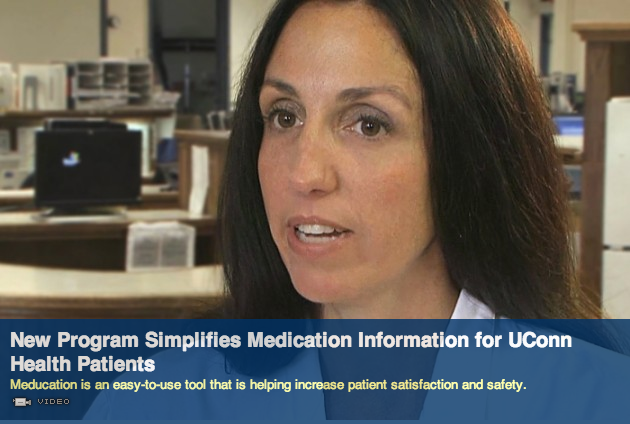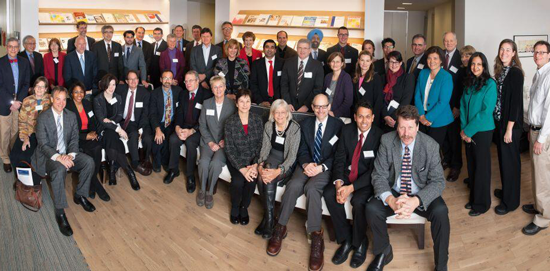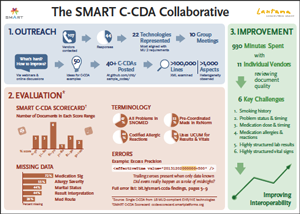Last week I reported on a set of security vulnerabilities that affected multiple EHR vendors and other Health IT systems.
I initially discovered the vulnerability in a single Web-based EHR system and successfully reported it directly to that vendor.
But my subsequent journey into the world of EHR vulnerability reporting left me deeply concerned that our EHR vendors do not have mature reporting systems in place. Patient health data are among the most personal, sensitive aspects of our online presence. They offer an increasingly high-value target for identity theft, blackmail, and ransom. It’s time for EHR vendors to take a page from the playbook of consumer tech companies by instituting the same kinds of security vulnerability reporting programs that are ubiquitous on the consumer Web.
HL7 and EHR Vendors must address security reporting
I’ll lead with the key message here, and provide supporting evidence below: HL7 and EHR vendors need to institute security vulnerability reporting programs!
Continue reading “Disturbing state of EHR Security Vulnerability Reporting”




You must be logged in to post a comment.